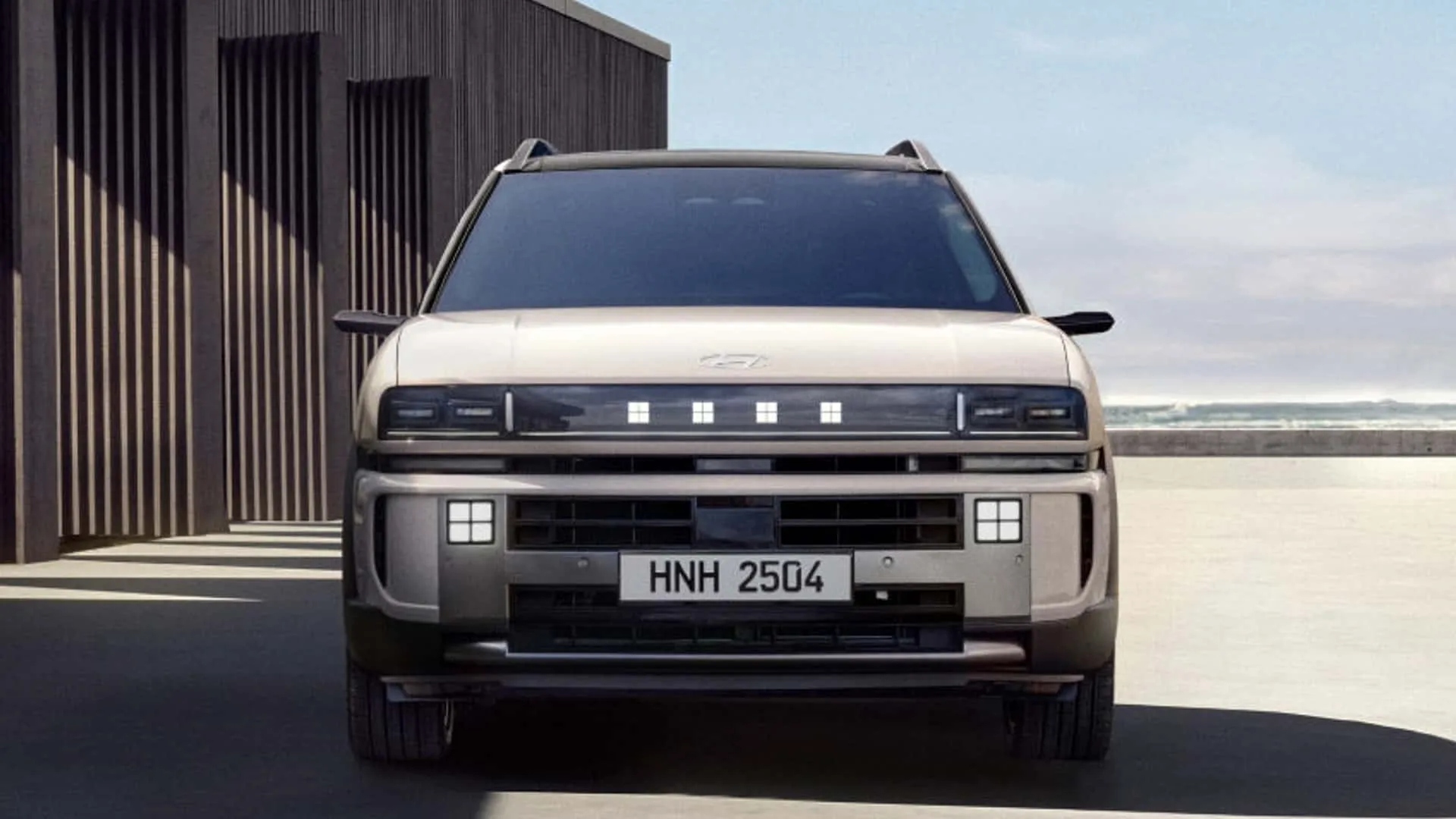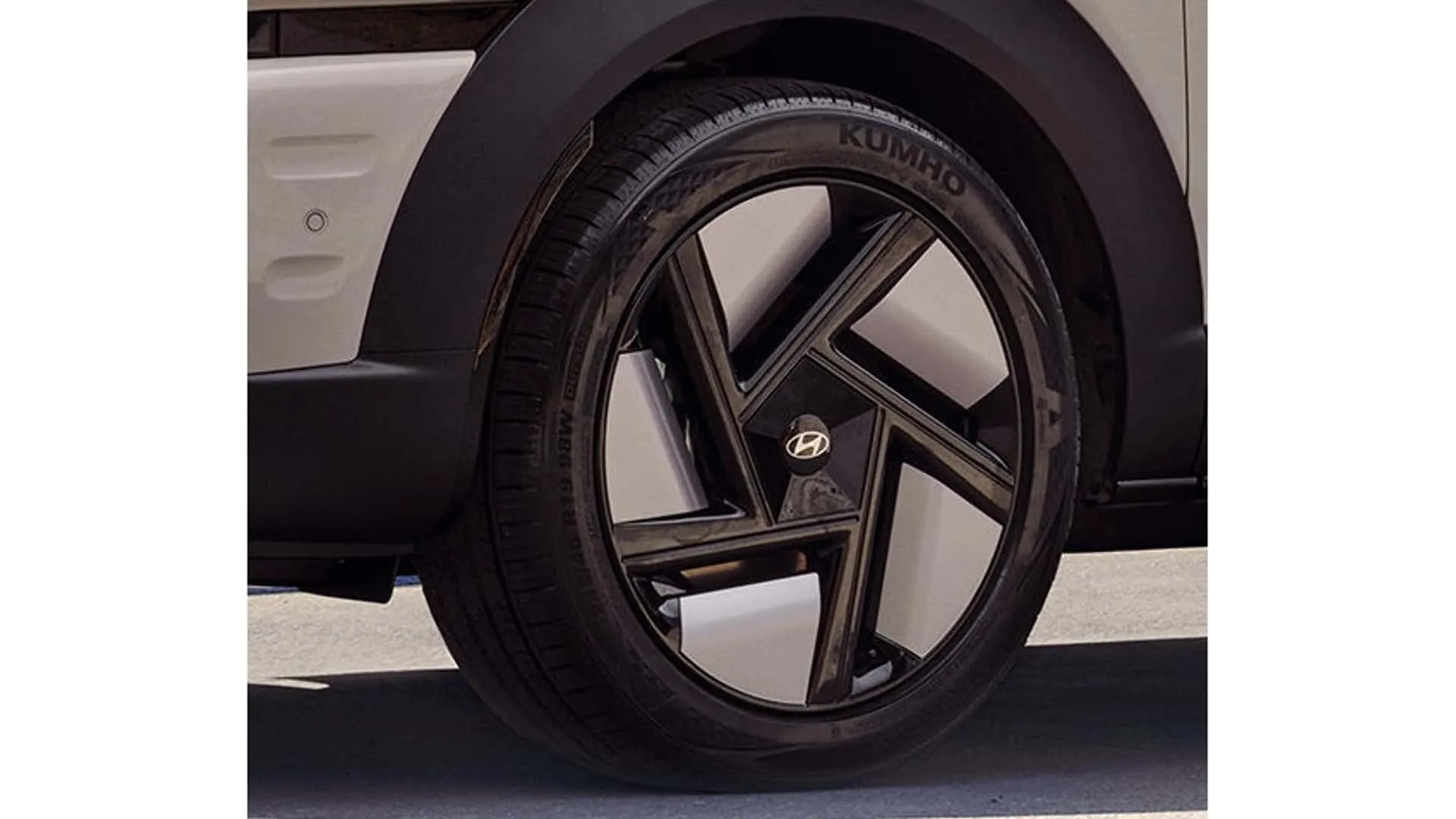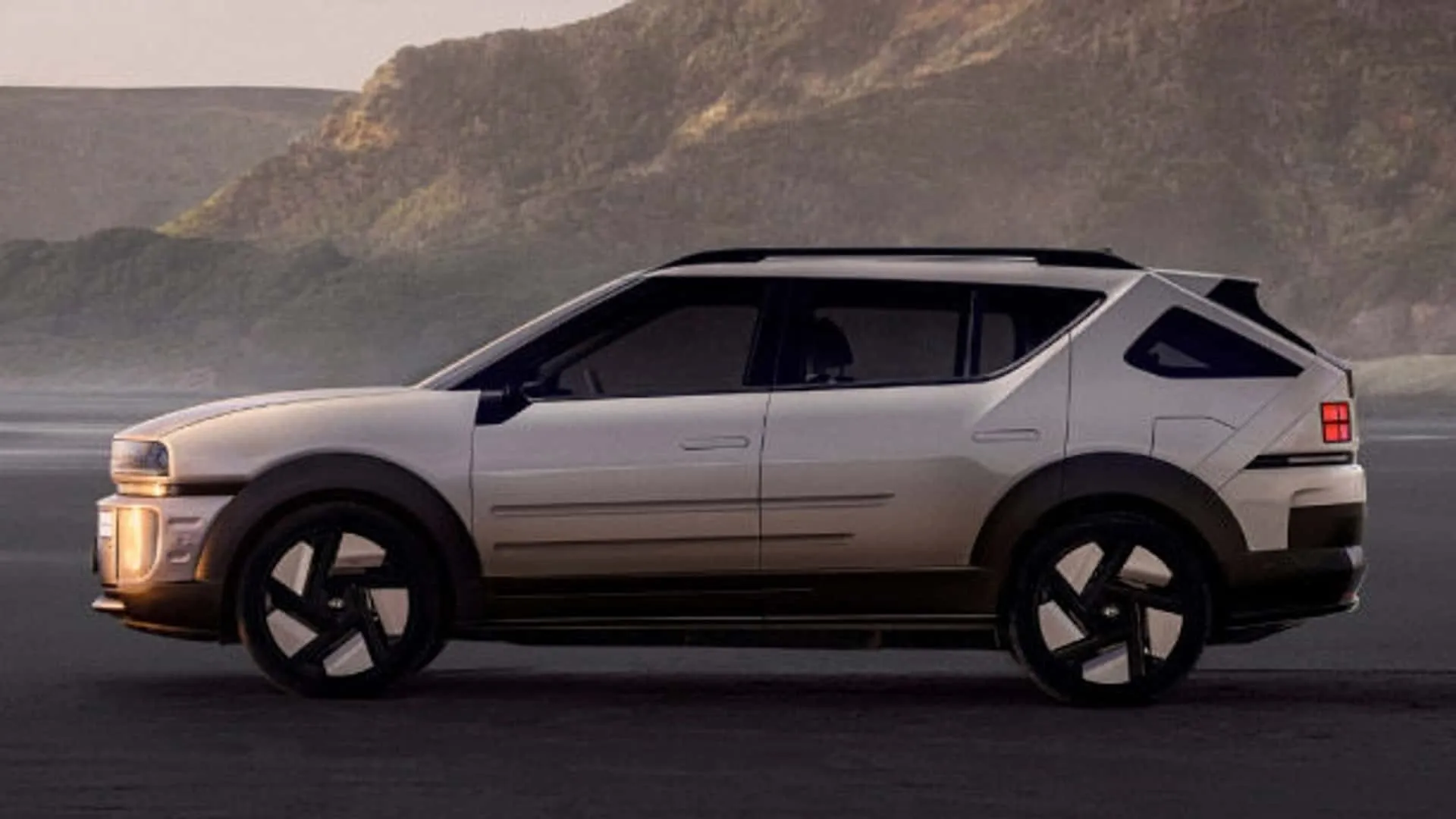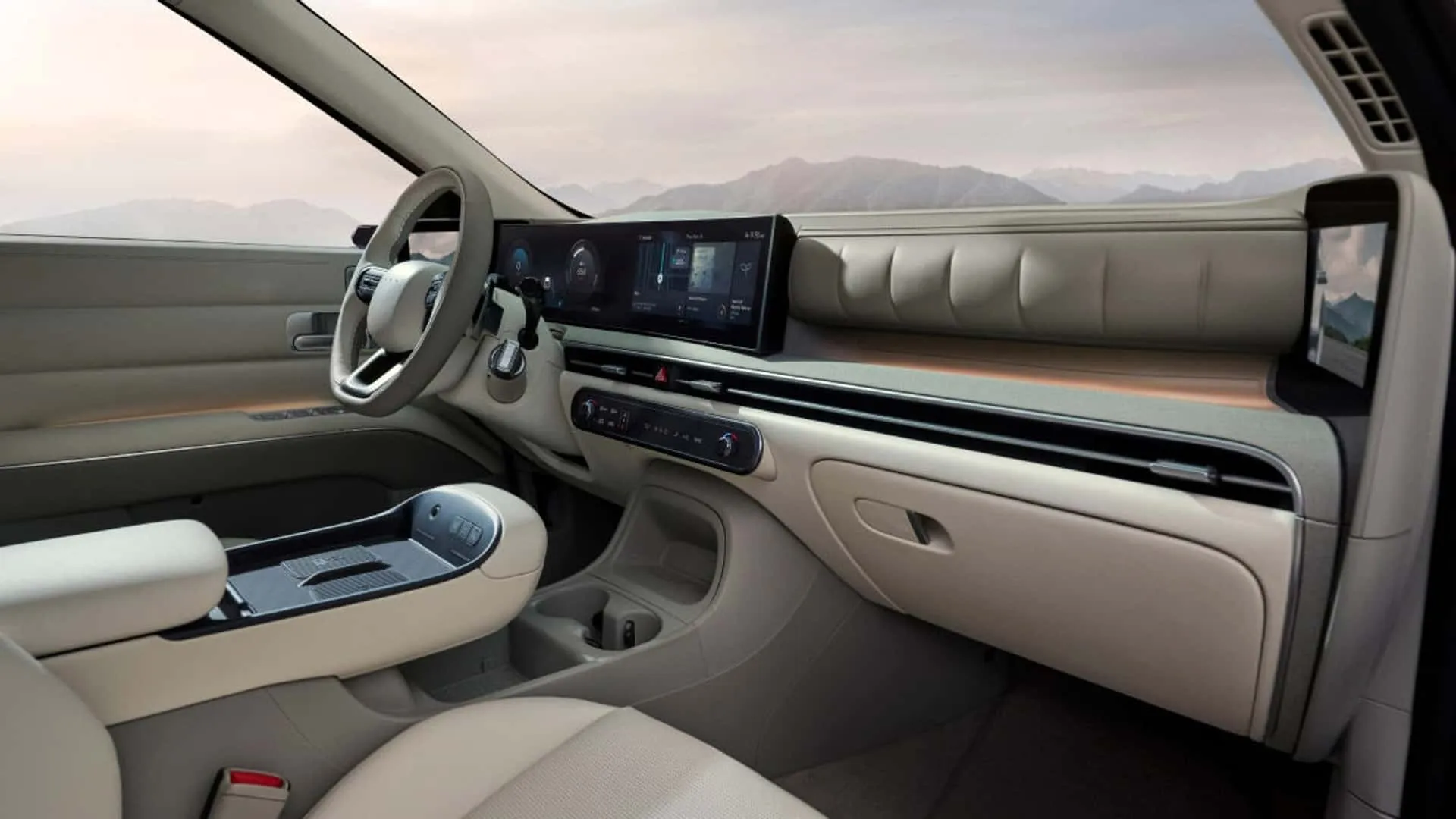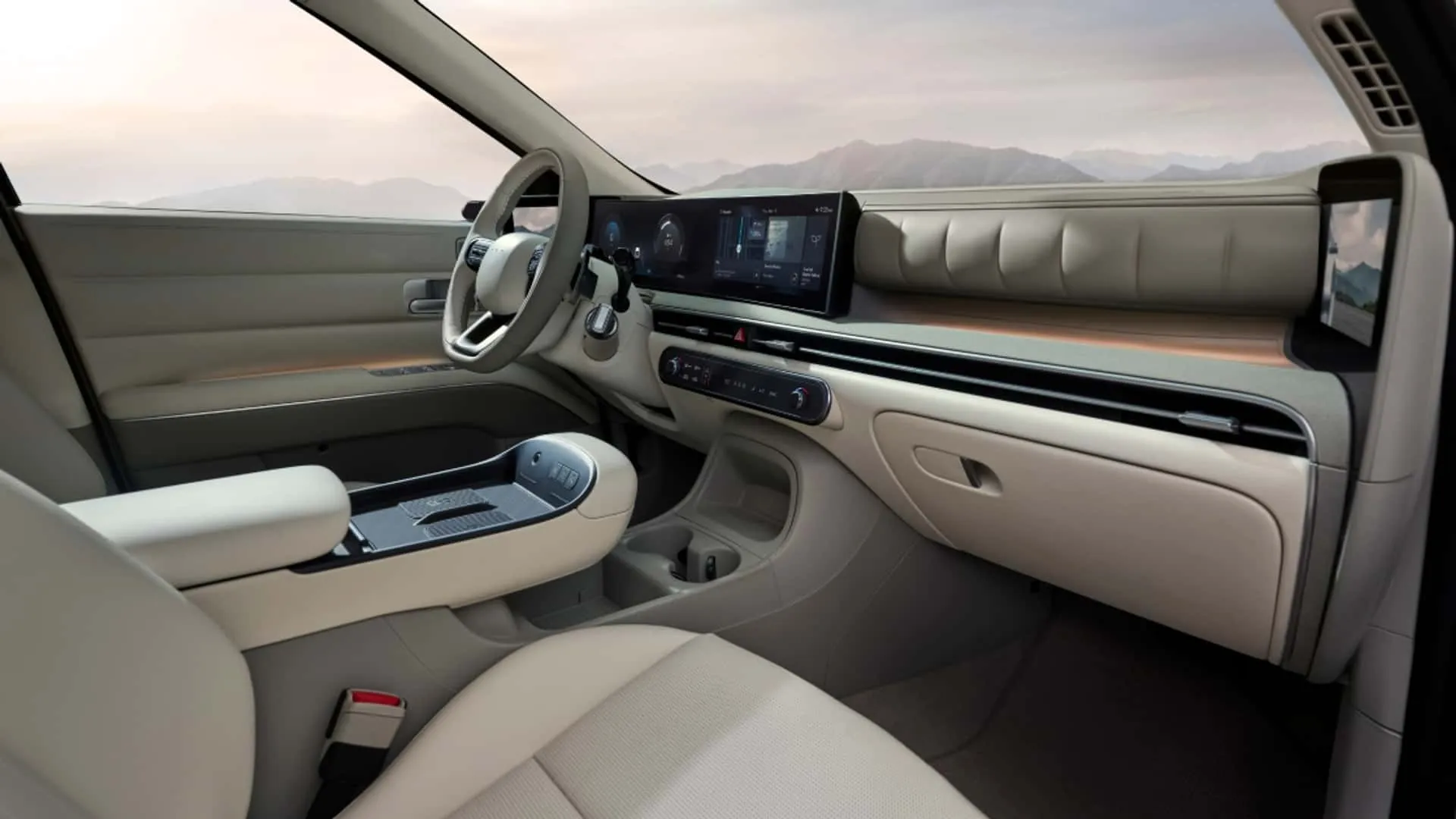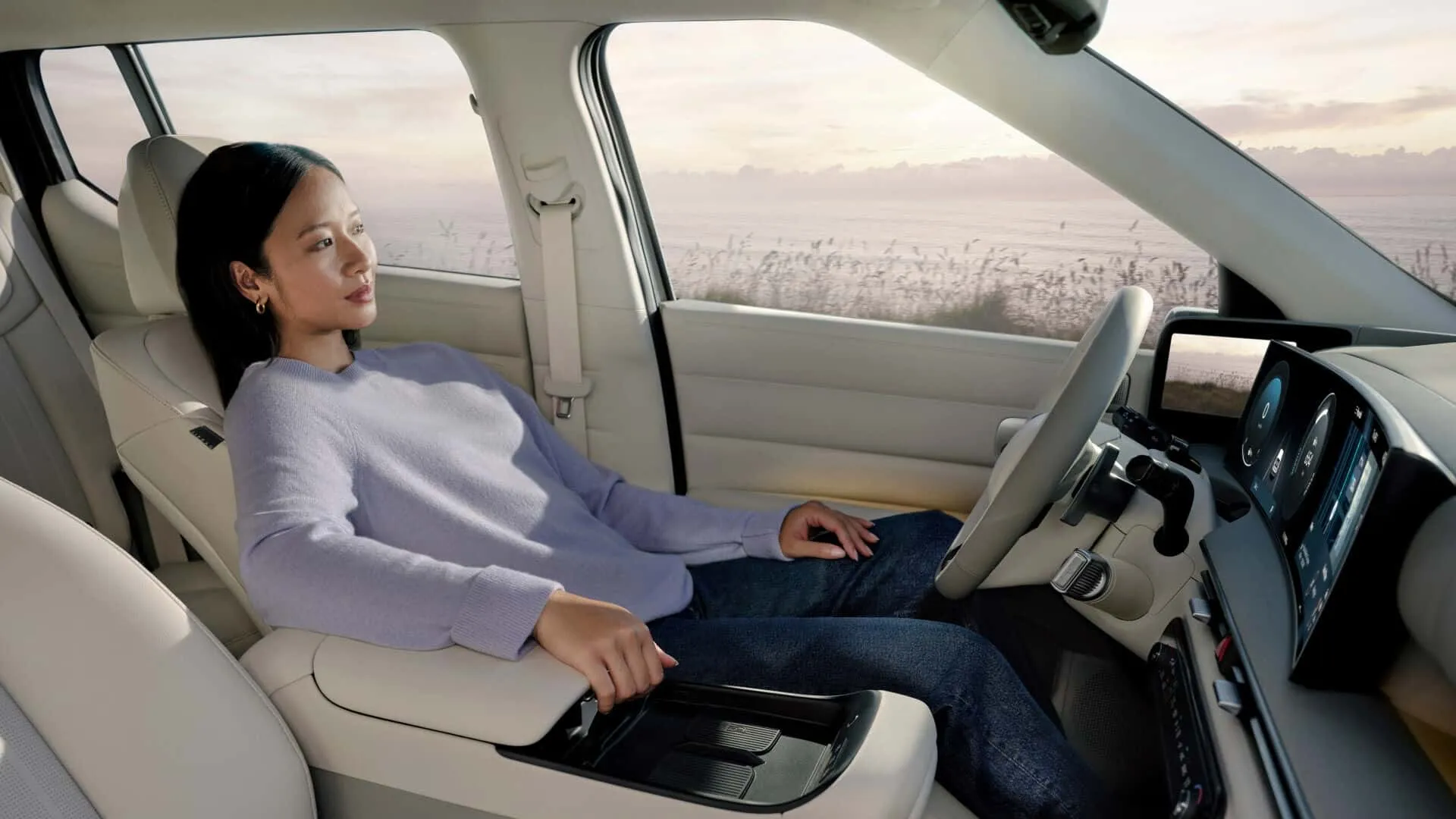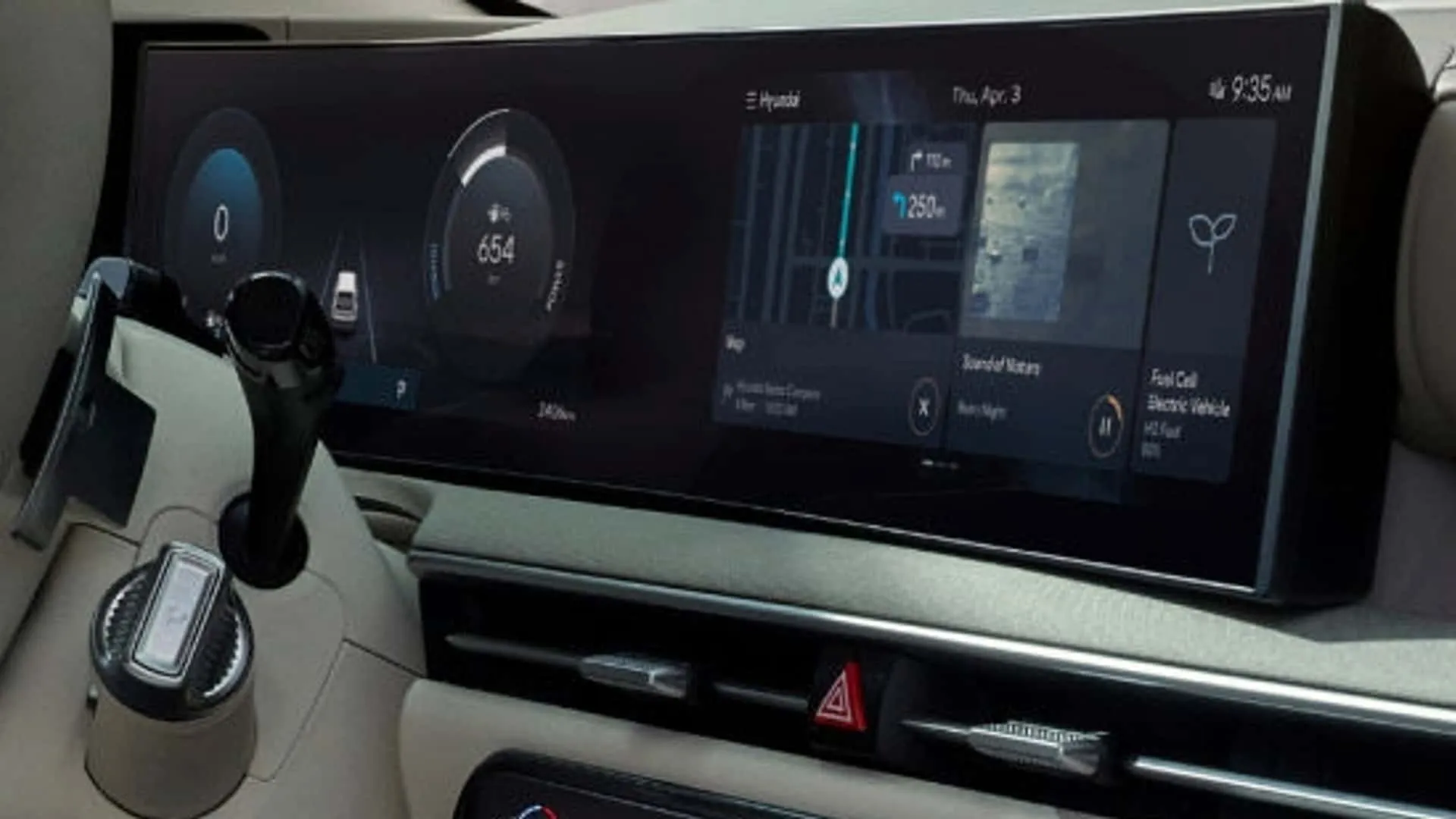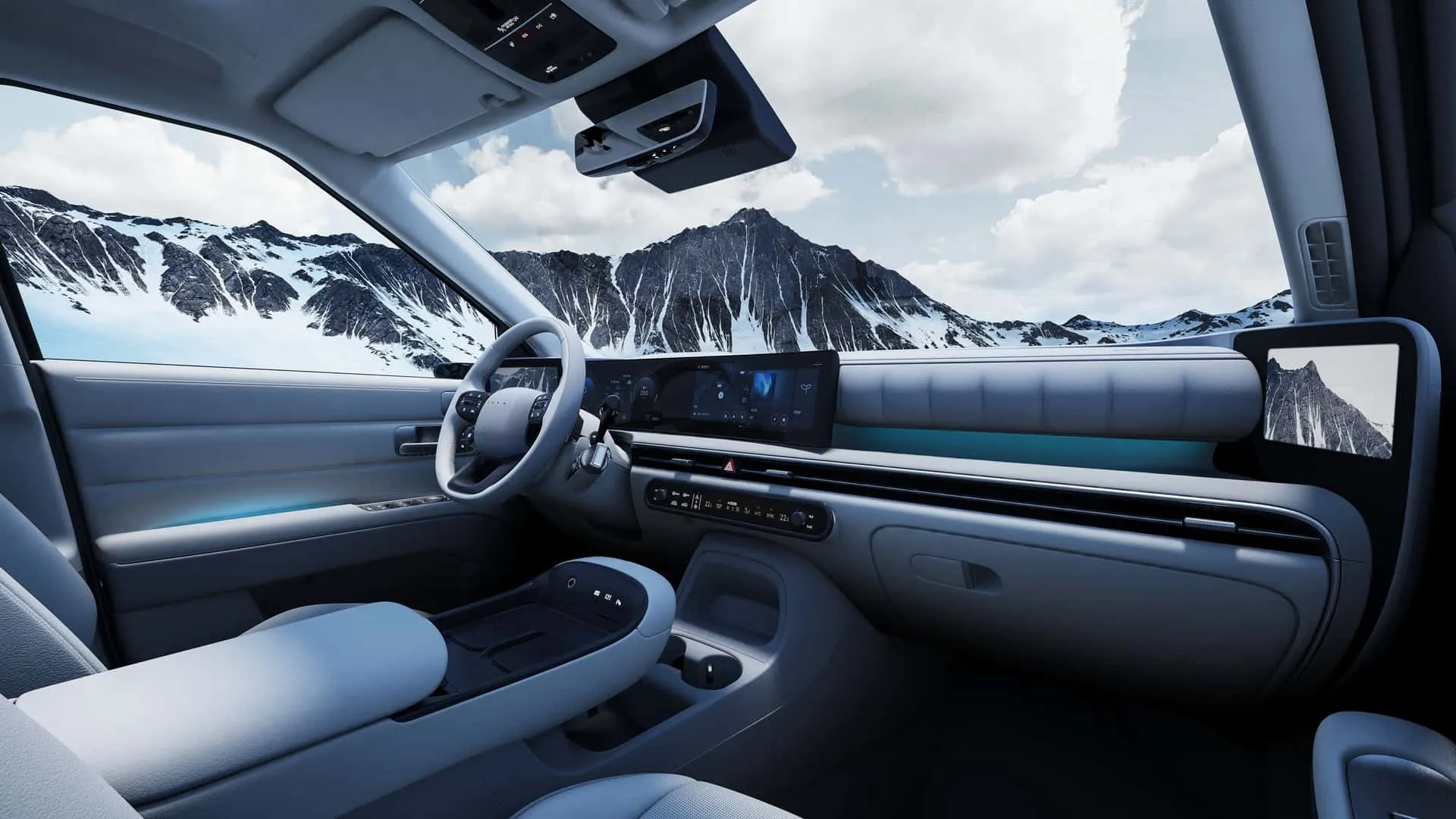The new Hyundai Nexo surpasses 800 km. It boasts 204 hp and V2L, but its biggest enemy may hinder its success. Understand the controversy.
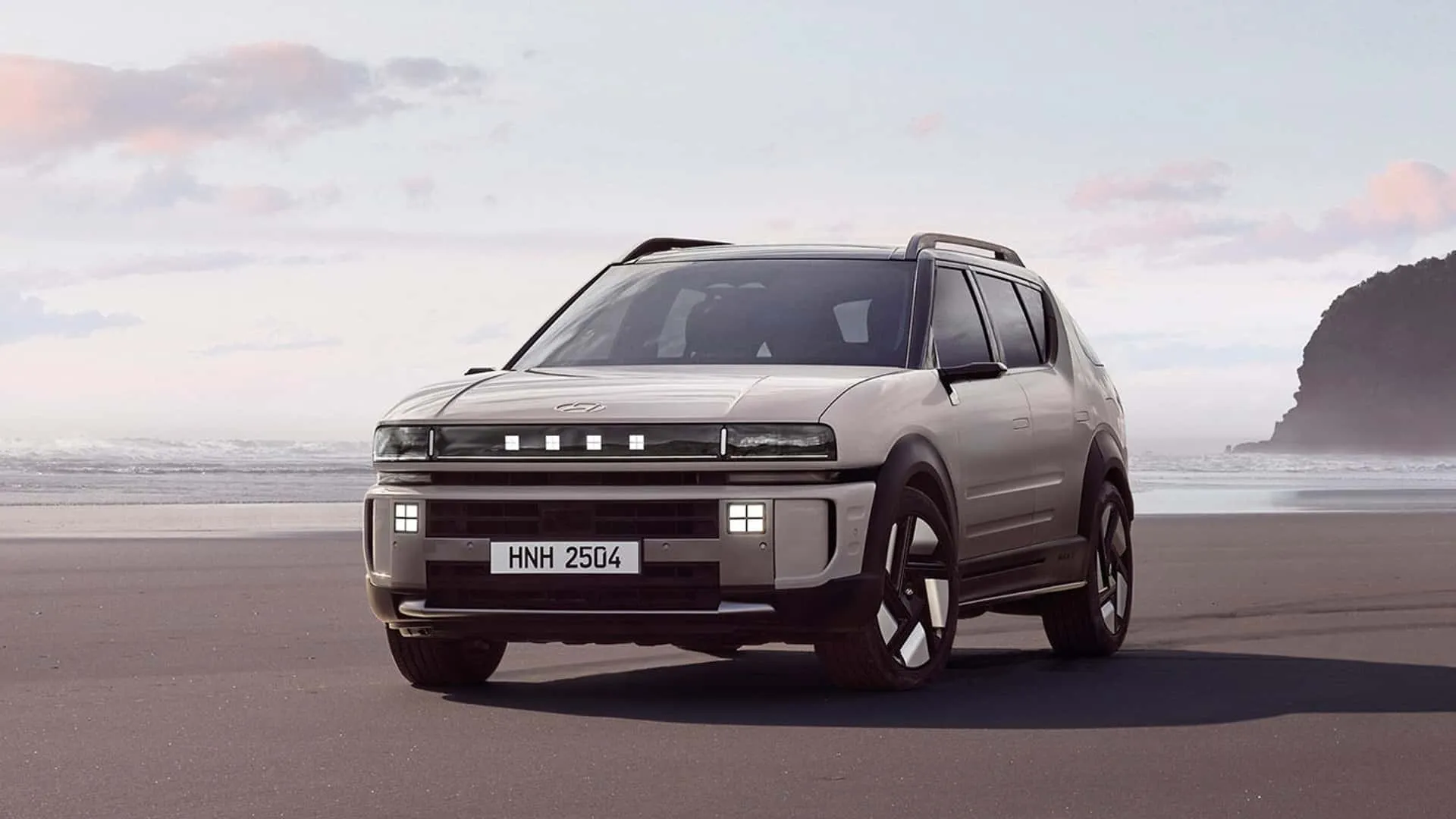
While the global automotive market is divided between gasoline purists and the growing wave of Battery Electric Vehicles (BEVs), Hyundai quietly launched a checkmate move: the second generation of the Nexo. This is not just another FCEV (Fuel Cell Electric Vehicle). It is a technological machine that solves the biggest nightmare of current electric vehicles—range anxiety—with a number that surpasses even the automaker’s most optimistic expectations.
The Range Revolution: 826 km and the Hydrogen Battle
The new-generation Hyundai Nexo is not just an evolution; it’s a leap of faith in hydrogen technology. The South Korean automaker has raised the bar for energy efficiency and storage, delivering an official range of 826 km under the rigorous WLTP cycle. To put this into context, this figure surpasses most top-end BEVs on the market, offering a driving experience comparable to an internal combustion car.
This achievement results from meticulous engineering focused on improving every component of the powertrain. The heart of the new Nexo, the fuel cell, received a 16% power increase, reaching 110 kW. The electric motor was also expanded to deliver 204 horsepower (150 kW), ensuring more robust performance than the previous generation. But the secret to the range lies in enhanced storage.
The total hydrogen capacity increased to 6.69 kg, distributed across three improved tanks, totaling 162.2 liters. Additionally, the high-voltage battery capacity was doubled to 2.64 kWh, with an impressive power delivery capacity of 80 kW. This synergy between cell, motor, and battery redefines the viability of FCEVs.
Comparison Table: Technical Leap of the New Nexo
| Feature | New Hyundai Nexo | Previous Hyundai Nexo |
|---|---|---|
| Range (WLTP) | 826 km | Not specified |
| Fuel Cell Power | 110 kW (16% increase) | Not specified |
| Electric Motor Power | 150 kW (204 hp) | 120 kW (164 hp) |
| Hydrogen Capacity | 6.69 kg | 6.33 kg |
| Battery Capacity | Up to 80 kW | Up to 40 kW |

Powertrain and Technology: The Nexo Becomes a Mobile Generator
Hyundai’s focus on technology goes beyond performance. The new Nexo incorporates functionalities previously only seen in battery electric vehicles. The most notable is the Vehicle-to-Load (V2L) capability. Essentially, the car can be used as a clean energy generator, powered by hydrogen. This means that, in an emergency or at a campsite, the Nexo can power external devices via an internal socket and an external outlet. This functionality puts the Nexo at the forefront of vehicle versatility, mirroring Toyota’s Multipath strategy.
Inside, the Nexo demonstrates that the digital experience is as crucial as cell efficiency. The dashboard is dominated by a pair of curved 12.3-inch screens, integrating the Connected Car Navigation Cockpit (ccNC) infotainment system, already featured in the 2025 Ioniq 5. With support for Over-The-Air (OTA) updates, wireless Apple CarPlay, and Android Auto, the Nexo is not falling behind its purely electric rivals. For hydrogen drivers, the smart navigation displays real-time locations of refueling stations, a crucial feature to mitigate infrastructure scarcity.
And for luxury enthusiasts, the premium Bang & Olufsen sound system, with up to 14 speakers, transforms the interior. The 12-inch Head-Up Display (HUD) projects autonomous driving information and safety alerts, ensuring that safety and connectivity go hand in hand. If you believe screen technology is everywhere, know that the new Nexo makes a strong entrance, much like the interior of the new Mercedes-Benz GLB EV, revealed with its giant Superscreen.

The Critical Obstacle: Infrastructure and Market Acceptance
Despite all the technical excellence and the undeniable advancement of 826 km of range, the Hyundai Nexo faces its biggest enemy: the market and infrastructure. The previous generation, although innovative, never achieved significant sales volume, registering only about 4,000 units globally in 2023 and 2024. This low volume reflects consumer hesitation in adopting FCEVs, mainly due to the difficulty of finding refueling stations and the high initial cost of hydrogen.
Hyundai, however, demonstrates confidence. The company believes that “it’s time for a completely new model,” suggesting that technical improvements will be enough to convince skeptics. However, uncertainty remains. Commercial success will depend directly on the expansion of the global hydrogen station network, especially in key markets like Europe and California. Infrastructure is the Achilles’ heel preventing the Nexo from being a real and immediate threat to battery electric vehicles. It’s not the first time a manufacturer has launched a technically excellent product but failed to connect with market reality, as seen with the crisis at Porsche and the wrong electric car that wiped out 90% of its profits.
In comparison, the progress of traditional battery technology continues to evolve rapidly, with models like the Mercedes CLA Electric arriving in China to challenge the Tesla Model 3 with an 866 km range. Therefore, hydrogen needs to prove that its quick refueling cycle (similar to gasoline) compensates for the rarity of stations.
The new Hyundai Nexo is a masterpiece of clean engineering. With its record-breaking range, enhanced power, and V2L functionality, it eliminates the technical excuses against FCEVs. The question is no longer whether the technology works, but whether the world is willing to build the infrastructure required to support it. Hyundai has done its part. Now, the ball is in the court of governments and the energy industry.



